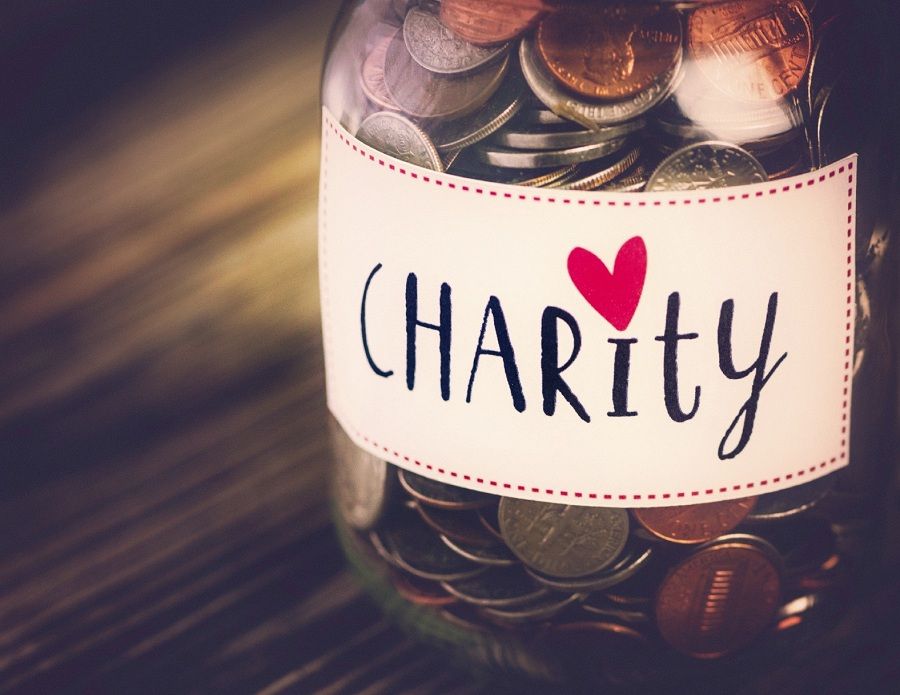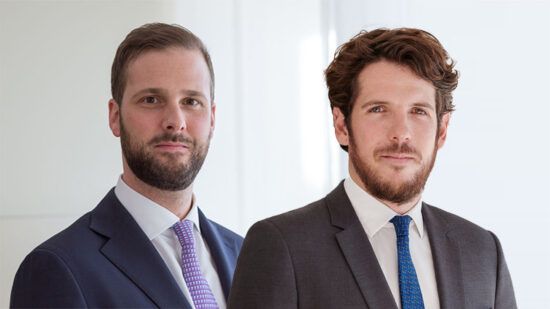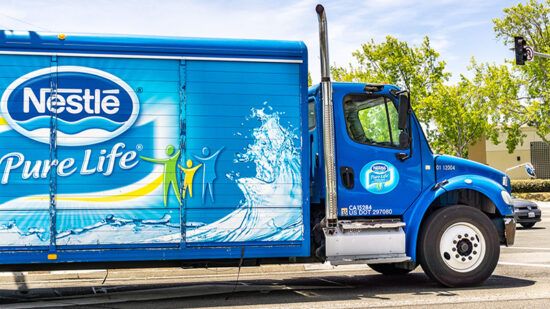Donor Advised Funds have recently skyrocketed in popularity as a charitable giving vehicle in philanthropy. And for good reason. DAFs provide donors a myriad of incentives including increased tax advantages, flexibility in their legacy giving planning, and an array of compliance and administrative benefits. Perhaps its most unique, and lessor known feature is DAFs also offer donors the option to invest contributions to grow tax-free, increasing the amount of charitable assets available for giving. This is where the real value of DAFs lie — the opportunity to increase your charitable giving through investments that align with your philanthropic goals.
According to the National Philanthropic Trust 2019 Report, charitable assets in DAFs have increased almost 15% annually over the last five years to reach $121.42 billion. This presents a tremendous opportunity to maximize the utility of funds already earmarked for philanthropic capital to also be a force for impact investment capital. And yet, the majority of DAFs are traditionally invested across the market using a financial-first investment strategy, as opposed to impact investing, which takes into account both financial and social or environmental returns.
Parallel to the growth of DAFs, impact investing has seen explosive growth in the last five years. US SIF’s latest trend report concludes sustainable, responsible impact investments have reached $17 trillion in the U.S. — about one-third of professionally managed assets — and is continuing to grow. The rise in popularity can be attributed to the fact that impact investors no longer have to sacrifice market-rate returns for impact. In 2019, the Morgan Stanley Institute for Sustainable Investing found that there is “no financial trade-off in the returns of sustainable funds compared to traditional funds, and they demonstrate lower downside risk.”
DIRECTING TOWARDS IMPACT
While donors have the ability to recommend their contributions be invested, many either do not know that investments can be tailored toward their cause of interest (such as water and sanitation, or clean energy), or they simply choose to use traditional investments recommended by the DAF provider. Sometimes this lack of awareness can cause donors to be invested in areas counter to their goals, such as fossil-fuel holdings, when their philanthropic goal is in climate action. Donors often do not have the time, resources, or expertise to explore the large swath of public or private impact investments available in the market today that could potentially double their support for a cause.
At WaterEquity, we are partnering with DAF providers, like ImpactAssets, that are specifically oriented towards impact investing. Strategically, we aim to further our reach and connect with donors who may be unaware of water and sanitation as a thematic investment. The water and sanitation crisis is one of the most urgent issues of our time, while simultaneously being one of the largest, untapped market opportunities.
Our approach starts with a simple yet powerful model: WaterEquity impact investment funds provide debt capital to high-performing financial institutions and enterprises in emerging markets to help scale their water and sanitation microloan portfolios and products and services for low-income families. Water and sanitation microloans enable families living in in poverty to install simple water and sanitation solutions within their homes, such as a water connection or toilet, leading to improved health outcomes, educational opportunities, progress towards gender equality, and increased economic security.
With an $18 billion dollar market demand for water and sanitation microloans in emerging markets, DAFs hold great potential as a blended capital approach to raising the funds needed to help solve this crisis — bringing together philanthropic capital and private debt and equity to help further our work of expanding affordable access to water and sanitation solutions for millions of low-income families around the globe.
LIQUIDITY ISSUES
DAFs offer the perfect opportunity for true, lasting impact because of their ability to provide patient capital to impact funds. Across the market we have seen many private debt and equity impact investments offer attractive risk-return profiles, but they require longer terms of illiquidity or a longer period of holding before a return is realized. These types of funds are often limited to accredited investors only, however DAFs open the door for others to join in on impactful opportunities.
True systems change does not happen overnight. Today, one in nine people lack access to safe water, and one in three do not have access to decent sanitation. That is 2.5 billion people living without access to these basic necessities. To begin chipping away at this we need to multiply the capital invested. WaterEquity’s investments are recycled to microloan end-clients at least four times over the course of our seven-year term, allowing our funds to reach millions of people with access to safe water or sanitation. As we continue significantly scaling up our impact investments, we see DAFs meeting the need for more patient capital that allow for material, positive impact to take place for people living in poverty.
As DAFs grow in popularity, my hope is that the power of what makes them unique in the impact marketplace will become more apparent, more applicable, and put to greater use. Simply put, DAFs provide an opportunity for individuals, families, and communities to harness the power of the capital markets to maximize the value of their charitable contributions and address some of the world’s greatest challenges.
Gary White is the CEO of WaterEquity








